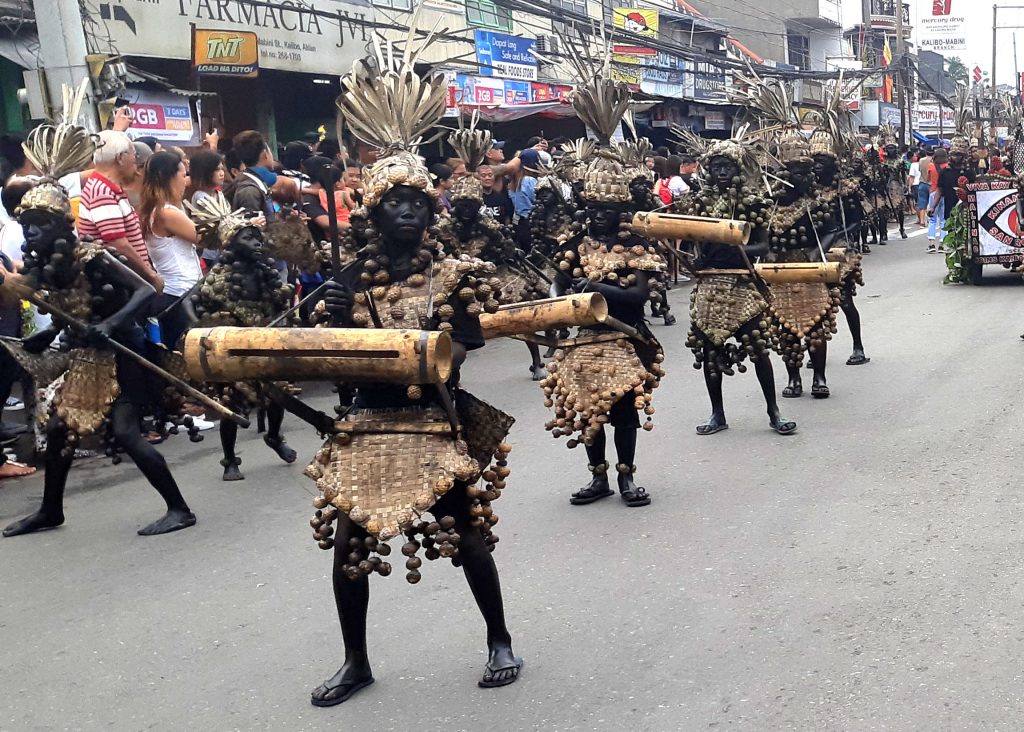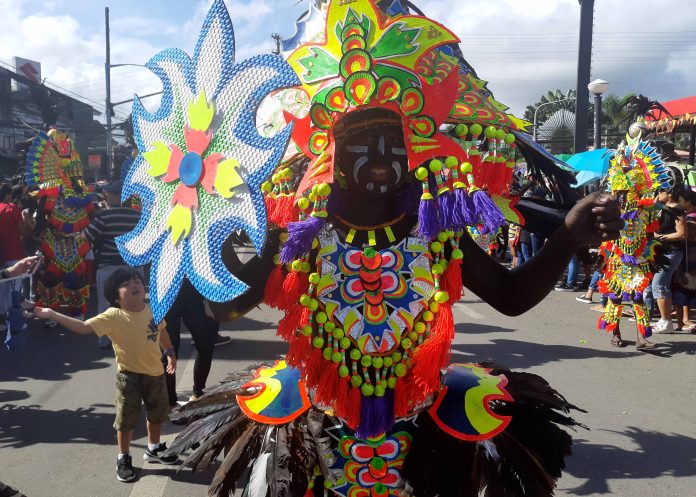The Diocese of Kalibo is pushing through with the annual Ati-Atihan festival in honor of the Child Jesus, popularly known as the Santo Niño, in January next year.
Father Jose Tudd Belandres, parish priest at St. John the Baptist Cathedral in Kalibo, Aklan, said the diocese has submitted recommendations on how to manage the festival despite the pandemic.
“What we are planning to do now is to present these plans with the local government,” said the priest, adding that the Church will abide by whatever would be the decision.
“We will still push through with our devotion to the Santo Niño whatever it takes,” said Father Belandres.
Aklan province has a total of 146 COVID-19 cases as of October 22. Of the total number, seven have died, 119 recovered, and the rest remained “active cases.”
The town of Kalibo has the most number of cases with 76 followed by the town of Numancia with 14 cases and Malinao town, 11.
The Ati-Atihan festival, a celebration traditionally held every third Sunday of January, is highlighted by dances and merrymaking in honor of the Santo Niño.
The term “Ati-Atihan” means to be like an Ati, the tribal people of Panay Island in the central Philippines.
The festival has become known as the “Mother of Philippine Festivals” because of the music and colorful street dancing.

During the Ati-Atihan, revelers cover their faces with soot and wear bright costumes to resemble the “Ati,” the original inhabitants of Panay.
Tourists and devotees, sometimes holding an image of the Child Jesus in one hand and a bottle of beer in the other, dance in the streets to the beat of drums.
The pre-Christian Ati-Atihan supposedly was a celebration of how 10 Bornean tribal leaders and their families escaped a despotic ruler in Borneo during the 13th century to settle on Panay Island.
The Borneans had to trade their goods with the natives known as Atis to be able to peacefully live on the island.
The Borneans supposedly painted their faces with soot to symbolize their camaraderie with the dark-skinned Atis.
When Christianity arrived in the Philippines, the image of the Child Jesus was introduced in the celebration, which was supposed to mark the conversion of the Ati people to the Christian faith.
Through the years, the Ati-Atihan became a mix of the traditional and the modern.
Unlike other festivals that honor the Child Jesus in other parts of the country, the Ati-Atihan is open to all. There are no spectators and performers, everyone can mingle amid the frenzy of the celebration.









